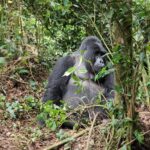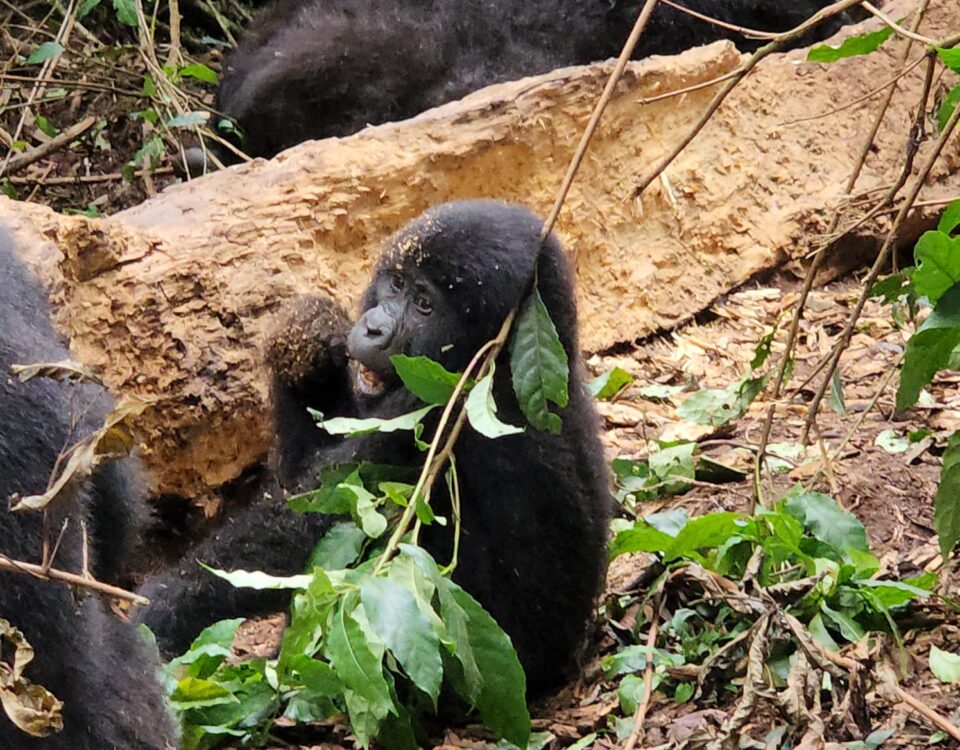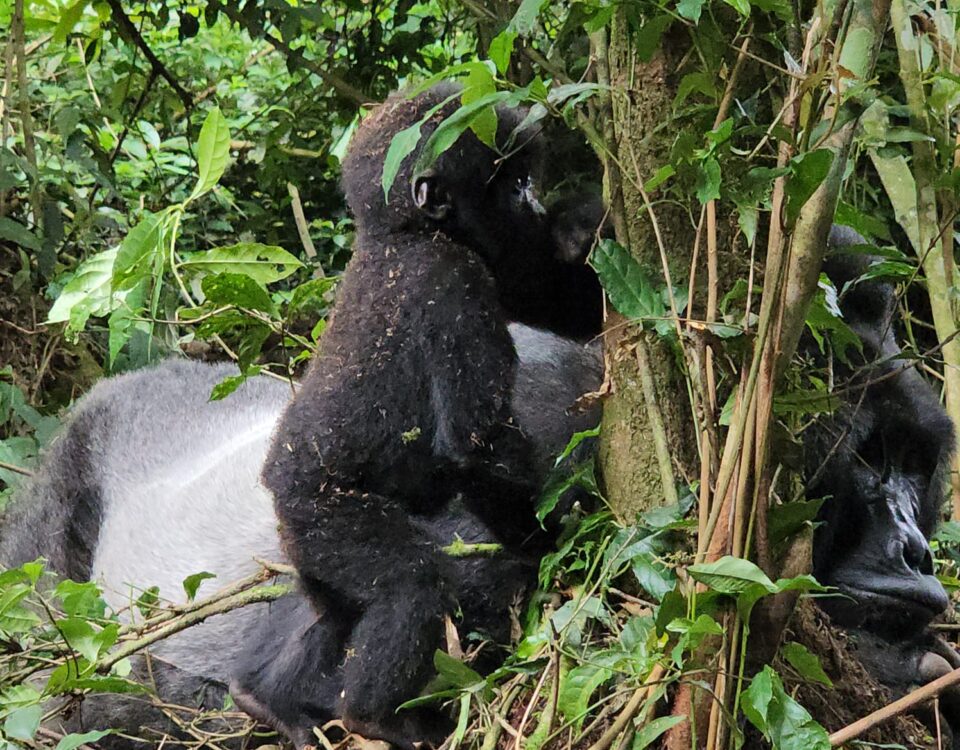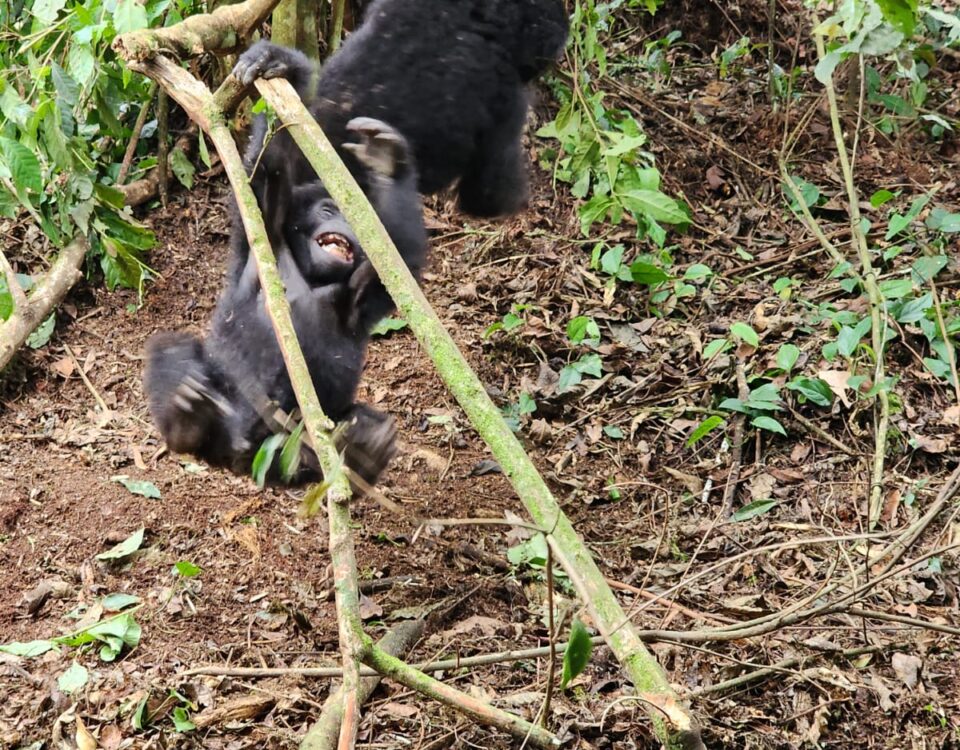
What Wildlife Protection Measures Are in Place in Volcanoes National Park?
March 28, 2025
What Should I Do if I Encounter an Animal on My Trek?
March 28, 2025Is it Possible to Visit Volcanoes National Park During the Rainy Season?
Volcanoes National Park in Rwanda is an extraordinary destination known for its stunning landscapes, diverse wildlife, and incredible experiences such as gorilla trekking. The park is located in the Virunga Mountains, which are a major draw for nature lovers, adventure seekers, and wildlife enthusiasts. While the park is a year-round destination, the timing of your visit can greatly impact your experience. Rwanda has two distinct rainy seasons, and travelers often wonder whether it’s still a good idea to visit the park during this time.
Visiting Volcanoes National Park during the rainy season is possible, but there are several factors to consider before making your decision. The rainy seasons in Rwanda typically occur from March to May (the long rains) and from October to November (the short rains). During these periods, the park experiences heavier rainfall, which can affect accessibility, trekking conditions, and the overall experience. However, the rainy season can also offer some unique advantages, such as fewer crowds and lush, green landscapes. In this guide, we’ll explore the pros and cons of visiting Volcanoes National Park during the rainy season and provide tips to help you make the most of your trip.
Advantages of Visiting During the Rainy Season
While the rainy season in Volcanoes National Park may present some challenges, there are distinct advantages to visiting during this time. One of the main benefits is the fewer number of tourists. The high season for tourism in Rwanda is during the dry months, from June to September, when the weather is more favorable for outdoor activities. Visiting during the rainy season allows you to avoid the crowds and enjoy a more tranquil experience in the park.
During the rainy season, the park is lush and vibrant, with the forests turning a deep, rich green. This makes the park an incredibly beautiful place to visit, with dense vegetation and thriving plant life. For photography enthusiasts, the rainy season offers an opportunity to capture stunning landscapes and vibrant wildlife, as the foliage is at its most vibrant.
In addition to fewer crowds, visiting during the rainy season also provides a unique opportunity to experience the park’s wildlife in a different light. Many animals, including birds and primates, are more active during the rain, and the weather can enhance your overall wildlife experience.
Challenges of Visiting During the Rainy Season
Despite the advantages, there are some challenges to visiting Volcanoes National Park during the rainy season. One of the main issues is the weather itself. Heavy rainfall can make trekking through the park more difficult and sometimes uncomfortable. The trails can become slippery, and the terrain can become muddy, making hikes longer and more physically demanding. This is particularly relevant for activities like gorilla trekking, which requires hiking through dense, hilly forest areas to find the gorillas.
The rain can also affect visibility, especially if you’re planning on participating in activities like birdwatching or hiking to the park’s volcanic peaks. The mist and clouds can obscure views, limiting your ability to enjoy the panoramic vistas that the park is known for. However, this can also create a mystical atmosphere, as the mist rolling over the mountains adds an element of mystery to the landscape.
For families or travelers with young children, the rainy season may present additional challenges. The trails can be slippery, and the constant rain may not be ideal for younger visitors who may not enjoy trekking in wet conditions. Planning your activities carefully and bringing the right gear, like waterproof clothing and sturdy shoes, is essential to making your trip more comfortable during this time.
Gorilla Trekking During the Rainy Season
Gorilla trekking is one of the most popular activities in Volcanoes National Park, and it’s available year-round, even during the rainy season. However, the rain can make the trek more challenging. The dense rainforest in the park can become slick and muddy, making the hike more difficult, especially for those who are not accustomed to hiking in such conditions. The trails can also be more difficult to follow, and the rain can cause some delays in finding the gorilla families.
Despite these challenges, trekking during the rainy season has its advantages. For one, the gorillas are less likely to be disturbed by the crowds, as there are fewer visitors during the rainy months. This can lead to a more intimate and rewarding experience. The rain also means that the forest is incredibly lush, making for a picturesque backdrop to the gorilla sightings. Additionally, the gorillas tend to stay close to their camps during the rainy season, which can result in shorter treks compared to the dry season.
It’s also worth noting that the rain makes the park’s flora and fauna even more spectacular. The vibrant green foliage and blooming flowers create a magical environment that can enhance your trek and make it feel like a true wilderness adventure. Trekking in the rain may not be ideal for everyone, but for some, it adds to the excitement and authenticity of the experience.
Cultural Experiences and Other Activities
While gorilla trekking is the main attraction in Volcanoes National Park, there are also many other activities that visitors can enjoy, including cultural experiences and nature walks. These activities can be a great way to explore the park and its surroundings, even during the rainy season.
One cultural experience that is particularly enjoyable during the rainy season is visiting the Batwa community. The Batwa are an indigenous group that once lived in the forest but now share their culture with visitors through dance, song, and storytelling. These experiences are typically conducted indoors, which makes them an excellent option during the rainy season. Visitors can learn about the Batwa’s traditional way of life, their deep connection to the forest, and how their culture has evolved over time.
Another great option during the rainy season is visiting nearby lakes, such as Lake Ruhondo or Lake Karago, where visitors can enjoy the serene environment while avoiding the rain. These lakes offer scenic boat rides, and the calm waters are perfect for relaxation after a day of trekking in the park. Additionally, the surrounding area provides opportunities for gentle walks and picnics, making it a great spot for families or those looking to take a break from the more intense activities.
What to Pack for a Rainy Season Visit
If you decide to visit Volcanoes National Park during the rainy season, it’s important to pack appropriately to ensure your comfort and safety. Waterproof clothing, such as a rain jacket and pants, is essential, as the rain can be heavy and unpredictable. Sturdy, waterproof hiking boots are also a must, as the trails can be slippery and muddy. You should also bring a hat, gloves, and a good-quality umbrella to protect yourself from the rain.
In addition to weather-appropriate clothing, make sure to bring insect repellent to protect yourself from mosquitoes, which are more prevalent during the rainy season. A camera with a rain cover is also a good idea, especially if you plan to capture the beauty of the park’s lush landscapes.
Conclusion: The Rainy Season Can Be a Great Time to Visit
In conclusion, visiting Volcanoes National Park during the rainy season is absolutely possible, and it offers a unique experience for those who are prepared. While there are challenges such as slippery trails, the beauty of the lush green forest and the reduced number of tourists can make the rainy season a rewarding time to visit. Activities like gorilla trekking, cultural tours, and nature walks can still be enjoyed, and the vibrant landscapes provide ample photo opportunities.
If you’re someone who enjoys a more tranquil and less crowded experience, the rainy season might be the perfect time to visit Volcanoes National Park. With the right preparation and an adventurous spirit, you can have an unforgettable experience in one of the world’s most beautiful and biodiverse parks.




